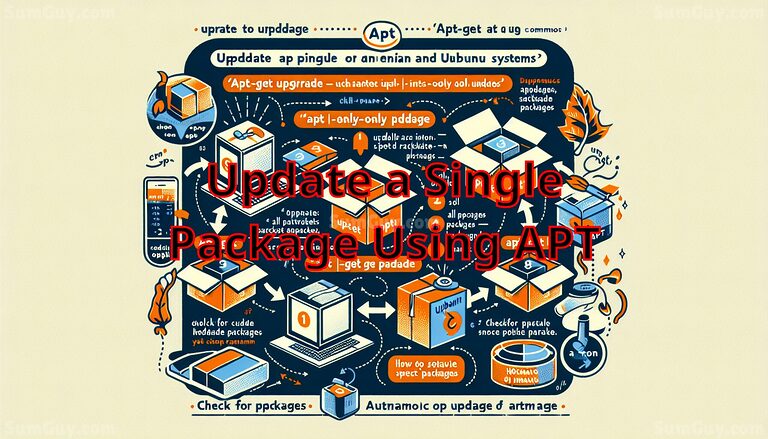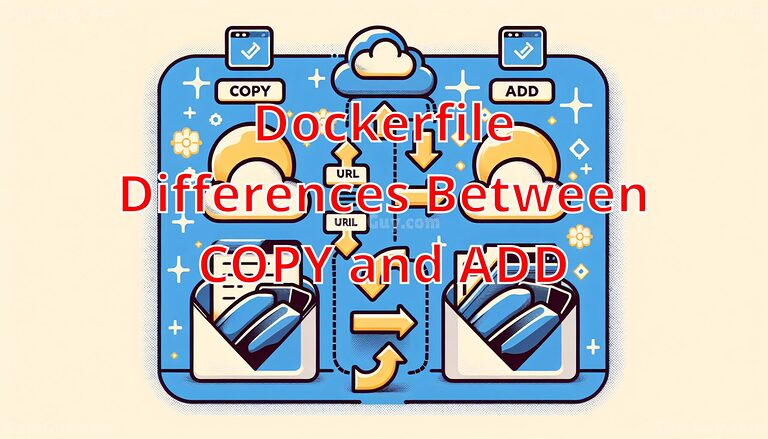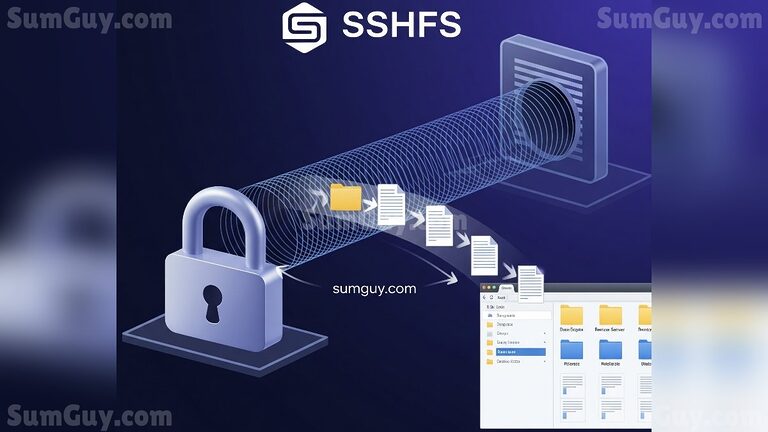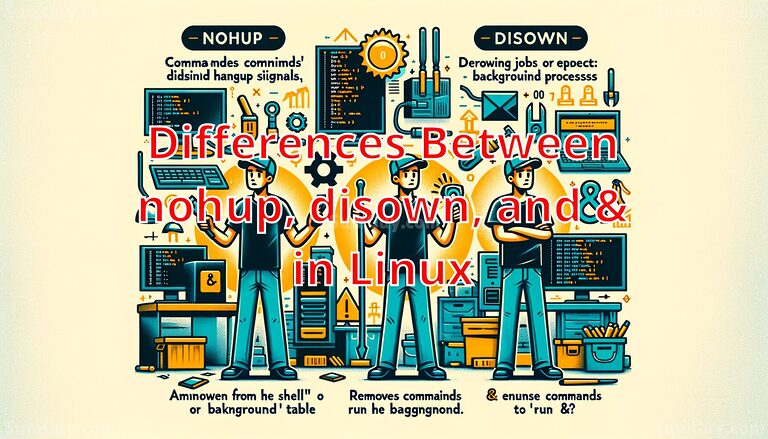Similar Posts

Update a Single Package Using APT
In this guide, we explore how to update a single package on Debian and Ubuntu systems using APT. Unlike `apt-get upgrade`, which updates all packages, `apt-get install –only-upgrade

Dockerfile: Differences Between COPY and ADD
In Dockerfiles, the `COPY` and `ADD` commands are used to add files to images, but they serve different purposes. `COPY` is straightforward, ideal for transferring local files to the image without additional processing. `ADD`, on the other hand, can handle URL sources and automatically extract compressed files. It’s advisable to use `COPY` for simplicity and clarity unless the additional capabilities of `ADD` are required. Understanding when to use each command helps in creating more efficient and secure Docker images.

Key Parameters of Large Language Models
This article delves into the key parameters of Large Language Models (LLMs) such as temperature, top_p, max_tokens, frequency_penalty, and presence_penalty, which are essential for customizing the model’s responses. By adjusting these settings, users can control the randomness, diversity, length, and novelty of the generated text, enhancing the model’s utility in various applications. Understanding these parameters allows for a balance between creativity and relevance, making LLMs a versatile tool in fields like content creation and technical writing.

SSHFS: Ditch SCP & Access Remote Files
Access remote files seamlessly! Learn how SSHFS simplifies accessing & managing files on remote servers. From setup to advanced tips, master SSHFS today.

Differences Between nohup, disown, and & in Linux
This article explores the differences and similarities between `nohup`, `disown`, and the `&` operator in Linux, essential tools for managing background processes. `nohup` runs commands that ignore hangup signals, `disown` removes jobs from the shell’s job table, and `&` places commands in the background. Understanding these commands enhances process management efficiency, ensuring tasks continue running smoothly even after logging out, making them invaluable for system administrators managing long-running or continuous processes on Linux systems.

Ansible: Task and Role Inclusions for Efficient Automation
This article delves into Ansible’s task and role inclusion commands, crucial for modularizing and reusing automation scripts. We explore `include_tasks`, `import_tasks`, `include_role`, and `import_role`, distinguishing between dynamic and static operations. Practical examples and best practices are provided to guide both beginners and advanced users in optimizing their playbooks for flexibility, manageability, and performance. These insights ensure users can efficiently leverage Ansible’s powerful features to enhance their IT automation strategies.
